Books
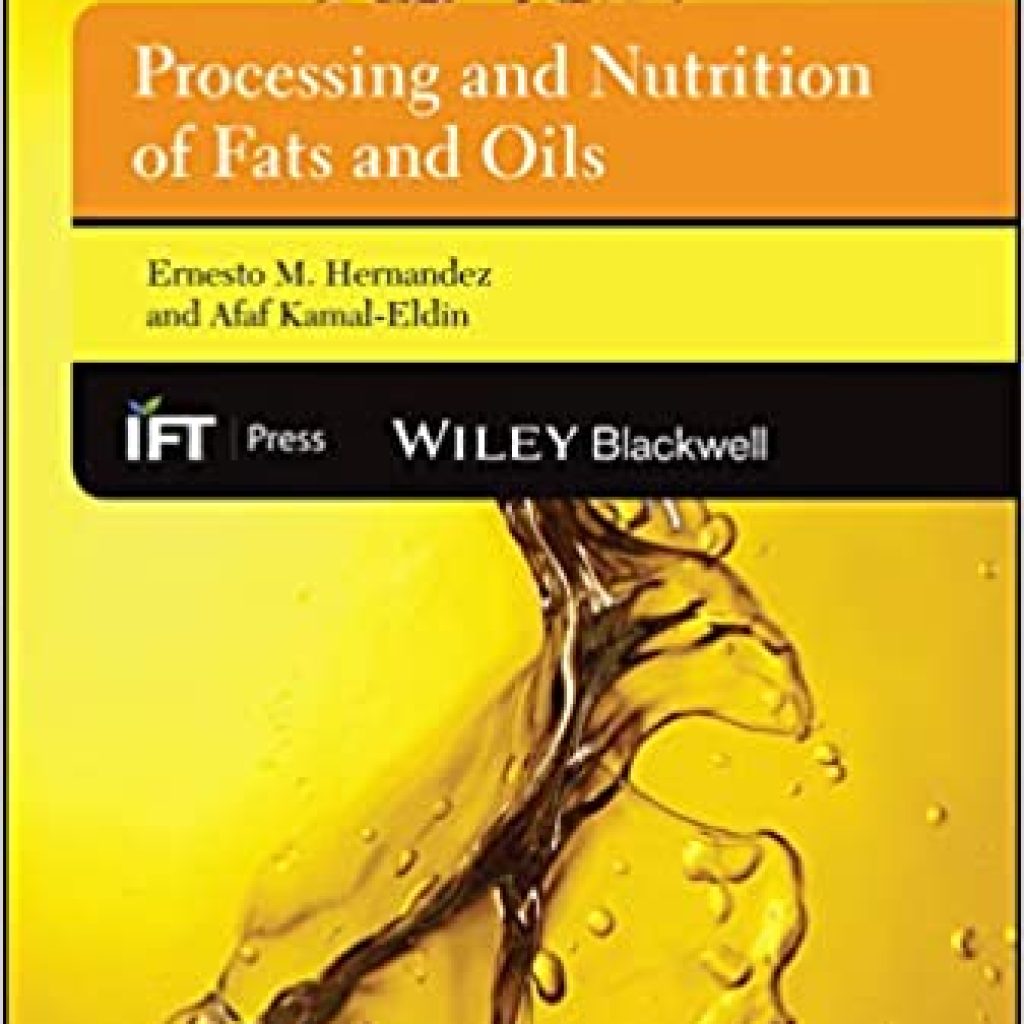
Processing and Nutrition of Fats and Oils
The book examines the different aspects of fats and oils processing, how the nutritional properties are affected, and how fats interact with other components and nutrients in food products. Coverage includes current trends in the consumption of edible fats and oils; properties of fats, oils and bioactive lipids; techniques to process and modify edible oils; nutritional aspects of lipids; and regulatory aspects, labeling and certification.
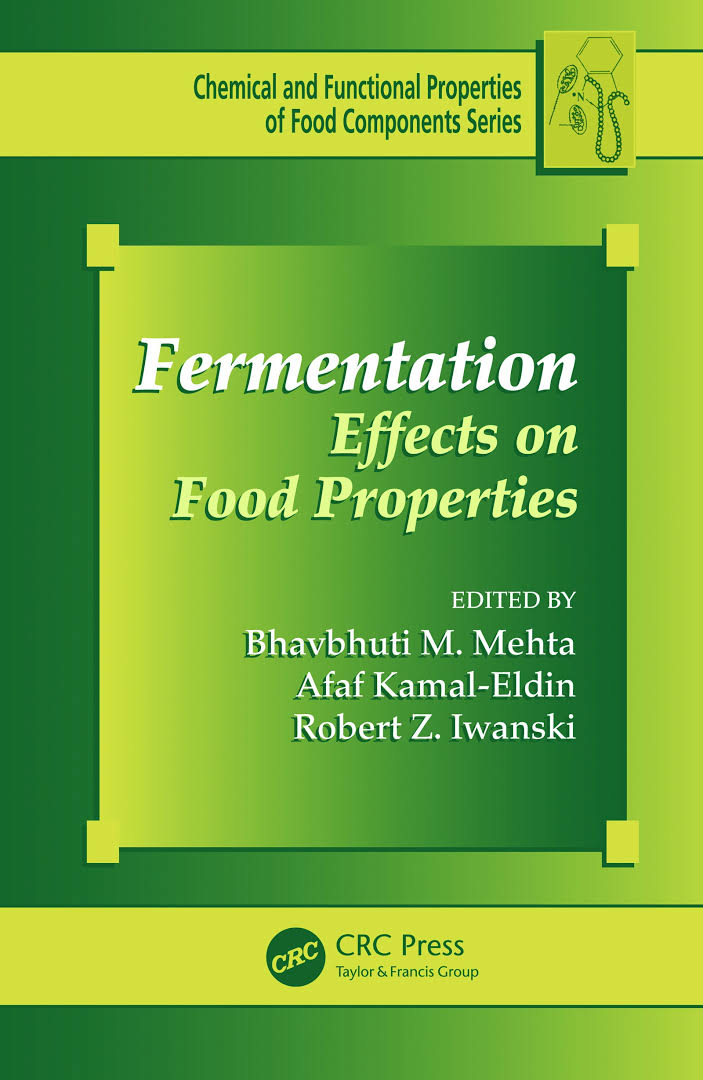
Fermentation: Effects on Food Properties
A large variety of food products are prepared by the fermentation of various raw materials. This book explores the role of fermentation reactions in the chemical, functional, and sensory properties of food components as well as their effect on food component content and biological activity. Emphasizing the various chemical changes that take place during processing, both pre- and post-fermentation, the book explores:
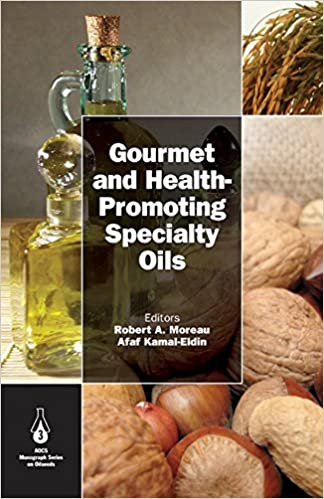
Gourmet and Health Promoting Oils
Edible oils contain either flavor components lead to their being considered as gourmet oils or unique health-promoting components. The chapters cover processing, edible and non-edible applications, lipids, and health-promoting properties of 50 specialty oils. The book is a comprehensive resource for the chemical and physical properties and extraction and processing methods of these specialty oils from plants, algae, fish, and milk
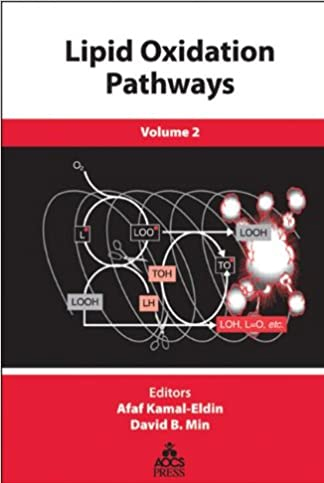
Lipid Oxidation Pathways: Volume 2
This volume complements Lipid Oxidation Pathways, Volume 1 by focusing on the oxidation kinetics and mechanisms governing the behavior of different molecular species involved in lipid oxidation reactions. It provides a more detailed review of the reactions of other lipid molecules than conventional polyunsaturated fatty acids including sterols, carotenoids, conjugated linoleic acid, etc.
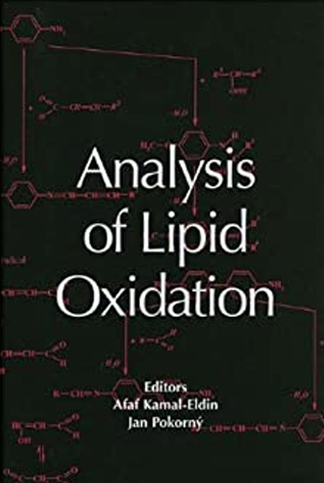
Analysis of Lipid Oxidation
Lipid oxidation, though researched since the beginning of the 20th century, still gives no complete and satisfactory information on the composition of oxidized lipids. One important factor contributing to these gaps in our knowledge about lipid oxidation relates to the shortages in analytical methodology. Analytical methods suitable for oxidized lipids were often reviewed in the last decade, but mostly from the aspect of determination of individual oxidized lipid classes, such as peroxides, aldehydes, polar lipids, or polymers.
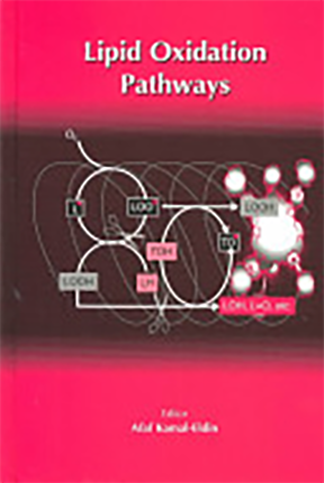
Lipid Oxidation Pathways: Volume 1
Autoxidation of unsaturated lipids has received much attention because it has many applications in the rancidity of foods and stability of lipids in biological tissues and compartments. This book reviews state-of-the-art developments in the understanding of the oxidation of lipids and its connection with the oxidation of other biological molecules such as proteins and starch. The various chapters illustrate the special features associated with different lipids, antioxidants, reaction conditions, and lipids environments.
